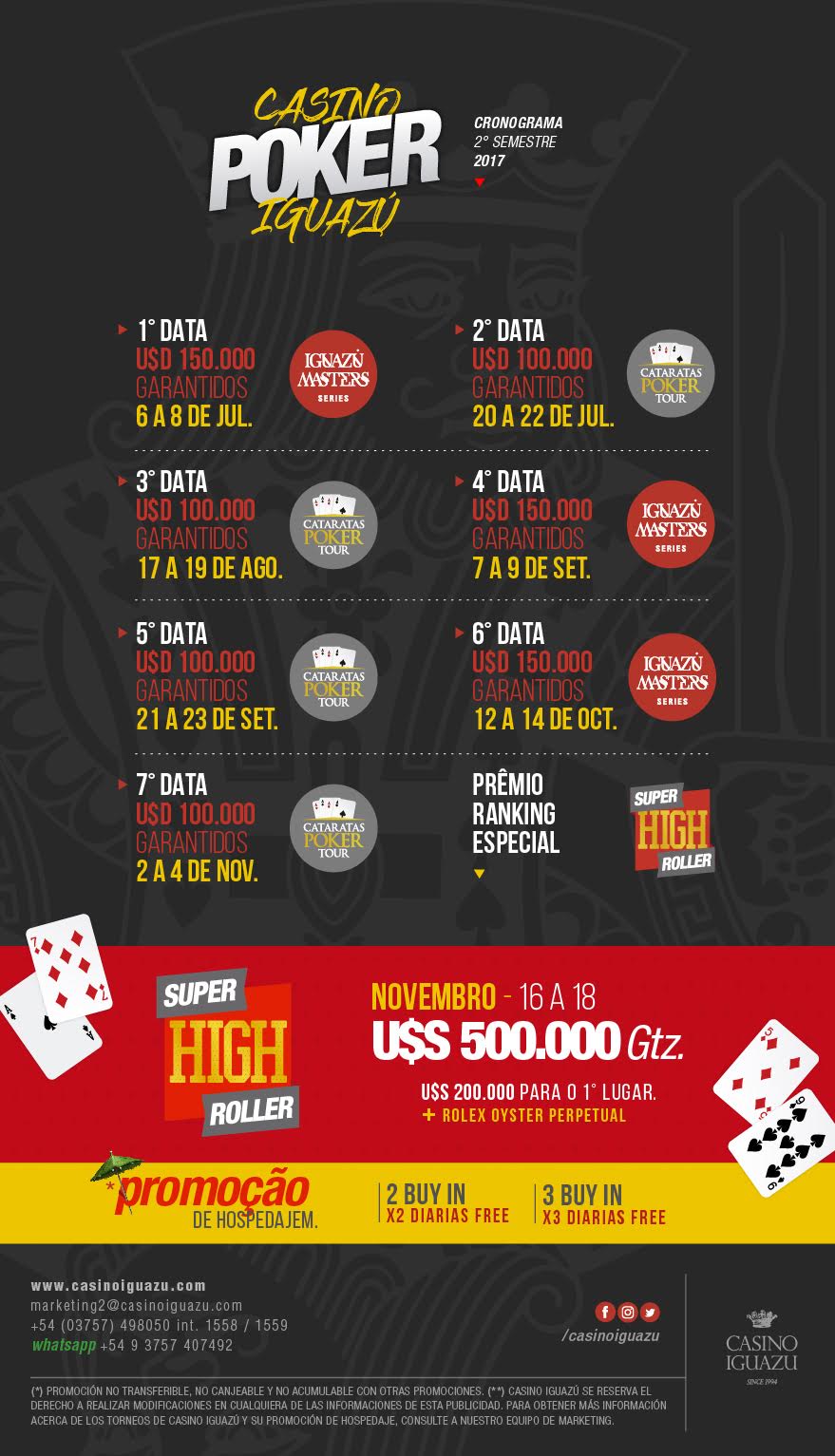
Australia and New Zealand Cutaneous T-cell Lymphoma Market Overview
The Australia and New Zealand Cutaneous T-cell Lymphoma (CTCL) market is anticipated to experience significant growth over the forecast period of 2024-2032. The market is driven by the increasing incidence of CTCL across the region, prompting a surge in demand for effective treatments. Additionally, ongoing research activities aimed at developing personalized treatment solutions are expected to bolster market growth. The increasing awareness of the disease among healthcare professionals and patients further supports the expansion of this market, leading to better diagnosis and treatment outcomes.
Australia and New Zealand Cutaneous T-cell Lymphoma Market Dynamics
The dynamics of the CTCL market in Australia and New Zealand are shaped by several factors. Firstly, the rising prevalence of CTCL is a primary driver, necessitating the development of advanced therapeutic options. Secondly, the market is influenced by the growing investments in research and development activities, aiming to discover innovative treatments. Thirdly, regulatory support and favorable healthcare policies in both countries enhance market growth. However, the high cost of treatment and the complexity of CTCL diagnosis may pose challenges to market expansion.
Australia and New Zealand Cutaneous T-cell Lymphoma Market Trends
Several key trends are shaping the CTCL market in Australia and New Zealand. One major trend is the shift towards personalized medicine, with tailored treatments based on individual patient profiles. Another trend is the increasing adoption of advanced diagnostic technologies that facilitate early and accurate diagnosis. Additionally, there is a growing emphasis on targeted therapies that aim to minimize side effects and improve patient outcomes. Collaborations between pharmaceutical companies and research institutions are also on the rise, driving innovation in the market.
Get a Free Sample Report with a Table of Contents – https://www.expertmarketresearch.com/reports/australia-and-new-zealand-cutaneous-t-cell-lymphoma-market/requestsample
Australia and New Zealand Cutaneous T-cell Lymphoma Market Segmentation
Type of Treatment:
- Topical treatments
- Phototherapy
- Systemic treatments
- Radiation therapy
- Stem cell transplants
Stage of Disease:
- Early-stage CTCL
- Advanced-stage CTCL
Distribution Channel:
- Hospitals
- Specialty clinics
- Homecare settings
- Online pharmacies
Country:
- Australia
- New Zealand
Australia and New Zealand Cutaneous T-cell Lymphoma Market Growth
The CTCL market in Australia and New Zealand is expected to grow at a CAGR of 11.3% from 2024 to 2032. This growth is attributed to the increasing incidence of CTCL, advancements in treatment options, and heightened awareness about the disease. Moreover, the influx of research funding and the development of novel therapeutic approaches are anticipated to fuel market expansion. Enhanced healthcare infrastructure and supportive government initiatives further contribute to the market’s robust growth outlook.
Recent Developments in the Australia and New Zealand Cutaneous T-cell Lymphoma Market
Recent developments in the CTCL market in Australia and New Zealand include several key advancements. Pharmaceutical companies are increasingly investing in clinical trials to develop new drugs and treatment modalities. Collaborations between academia and industry are fostering innovation and accelerating the introduction of cutting-edge therapies. Additionally, regulatory approvals of new treatments are paving the way for better patient access to effective therapies. The introduction of patient-centric care models and support programs is also enhancing treatment adherence and outcomes.
Competitor Analysis
The competitive landscape of the CTCL market in Australia and New Zealand is characterized by the presence of several key players. These companies are actively engaged in research and development activities to introduce novel treatments and maintain a competitive edge. Key players include:
- Mylan N.V. (now part of Viatris)
- Celgene Corporation (now part of Bristol Myers Squibb)
- Takeda Pharmaceutical Company Limited
- Mundipharma International Limited
- Novartis AG
- Kyowa Kirin Co., Ltd.
- Incyte Corporation
- Bristol Myers Squibb
- Eli Lilly and Company
- Genentech, Inc. (a member of the Roche Group)
- Seattle Genetics, Inc.
- Almirall, S.A.
- Eisai Co., Ltd.
- Karyopharm Therapeutics Inc.
- Leo Pharma A/S
Key Features of the Market Report
- Patent Analysis: Evaluation of key patents held by major players and recent patent filings to understand the innovation landscape.
- Grants Analysis: Examination of government and private grants awarded for CTCL research and development.
- Clinical Trials Analysis: Overview of ongoing and completed clinical trials, highlighting key findings and implications for the market.
- Funding and Investment Analysis: Analysis of investment trends, including venture capital and private equity funding in the CTCL market.
- Partnerships and Collaborations Analysis: Assessment of strategic partnerships and collaborations between pharmaceutical companies, research institutions, and healthcare providers.
FAQs
What is Cutaneous T-cell Lymphoma (CTCL)?
CTCL is a type of non-Hodgkin lymphoma that primarily affects the skin. It is characterized by the abnormal proliferation of T-cells, leading to various skin manifestations.
What are the key drivers of the CTCL market in Australia and New Zealand?
The key drivers include the increasing incidence of CTCL, advancements in treatment options, growing investments in research and development, and supportive healthcare policies.
What are the major trends in the CTCL market?
Major trends include the shift towards personalized medicine, the adoption of advanced diagnostic technologies, and the focus on targeted therapies.
Who are the key players in the CTCL market?
Key players include Mylan N.V. (now part of Viatris), Celgene Corporation (now part of Bristol Myers Squibb), Takeda Pharmaceutical Company Limited, Mundipharma International Limited, Novartis AG, Kyowa Kirin Co., Ltd., Incyte Corporation, Bristol Myers Squibb, Eli Lilly and Company, Genentech, Inc. (a member of the Roche Group), Seattle Genetics, Inc., Almirall, S.A., Eisai Co., Ltd., Karyopharm Therapeutics Inc., and Leo Pharma A/S.
What is the expected growth rate of the CTCL market in Australia and New Zealand?
The market is expected to grow at a CAGR of 11.3% from 2024 to 2032.




